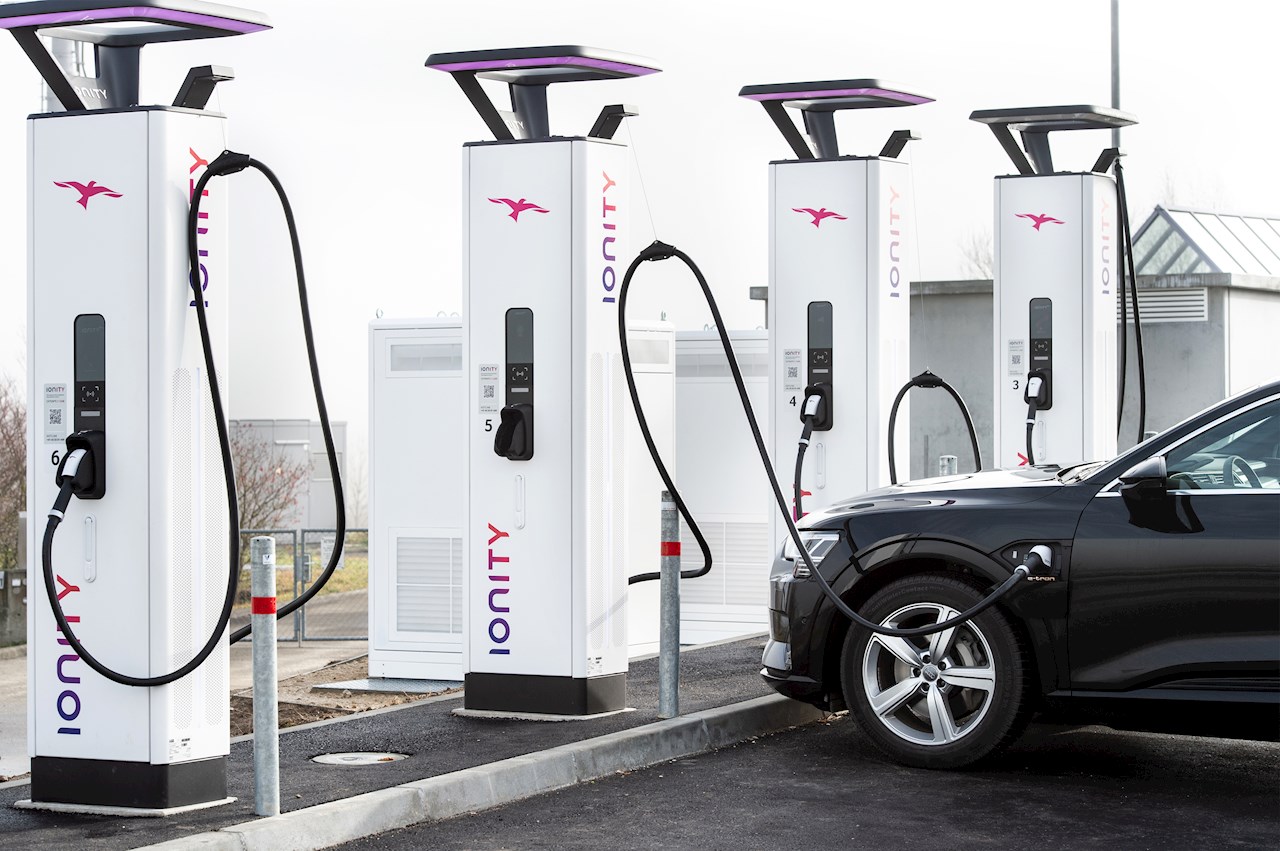What is electric cars’ dirty little secret? Is it the batteries made with minerals dug up by children in dirty, dangerous, slave-like conditions? Is it the greenhouse gas 1,400 times more potent than CO2 which is used as a coolant by Chevy, Nissan and Tesla?
It’s something – several somethings in fact – which, whilst perhaps not as awful as child miners (a shameful burden shared by all manner of modern devices), demolishes the smug superiority assumed by the wealthy boomers who are the EVs’ most enthusiastic market.
First off, despite the endless spruiking by the bourgeois greenies of the legacy media, almost nobody actually bothers with EVs. Even in Norway, the poster child for EV spruikers, only nine percent of buyers would purchase an EV if the taxpayer wasn’t carrying $70,000 of the cost.
Battery-powered electric vehicles are fairly popular in urban China and California, as well as a few countries that heavily subsidise their drivers. But globally, fewer than 0.3 per cent of all cars are pure electric, and across Europe, BMW says, customers don’t want them.
For all their chest-puffing about “fairness”, EVs are luxury cars, driven almost exclusively by rich people who are driving with poor peoples’ taxes.
Unsurprisingly given the price tag, electric cars are often playthings for rich people. One US study shows the richest quarter of people receive almost all the public money spent on electric car subsidies. Moreover, electric cars in the US are driven fewer kilometres on average each year than conventional vehicles[…]Combine this with the fact 90 per cent of households that buy an electric car also have a conventional car that is driven farther, and a clear picture emerges: most electric vehicles are a second car used for shorter trips such as shopping and small errands — and for virtue signalling.
So, rich people using poor peoples’ money to drive their smugmobiles. But, aren’t they saving the planet? In a word: NO.
A new study from the International Energy Agency shows that an electric car with a 400km range and charged with electricity produced at the global average will have to be driven 60,000km just to pay off its higher CO2 emissions in production. That means a new electric car driven the average 11,200km each year will have paid off its carbon debt only after five years. The IEA hopes the world can reach 130 million electric cars in 10 years — a breathtaking ask given we have spent decades reaching just over five million. Even if we could do that, emissions would be reduced by only 0.4 per cent of global emissions. In the words of IEA director Fatih Birol, “If you think you can save the climate with electric cars, you’re completely wrong.”
[…]And surprisingly, more electric cars often mean more air pollution. In China, which is the world’s leading electric car market, a study reveals that because China’s coal power plants are so dirty, electric cars worsen local air: in Shanghai, pollution from an additional million electric-powered vehicles would kill nearly three times as many people annually as an additional million petrol-powered cars.
Expensive, bourgeois toys for smug, rich people, which do practically nothing for the environment while hoovering a river of taxpayer’s money. Is there anything about EVs which shouldn’t make any decent person violently ill?
If you enjoyed this BFD article please consider sharing it with your friends.

